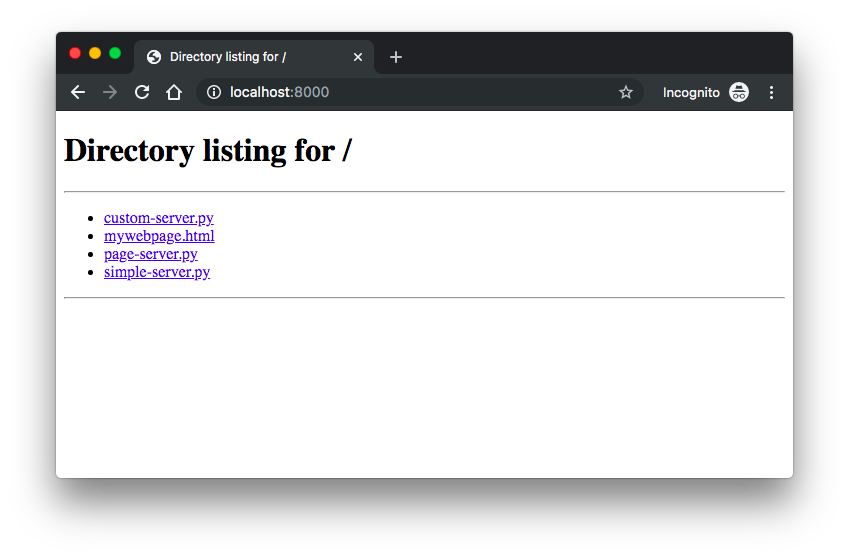

Click on a file (non-root level) to populate main view. Generates a tree folder structure in node, that is rendered as a treegrid in the browser. I made another node module call agd, to generate a tree view based on the other module. Then run as normal with: node mddir "./relative/path/".

This converts line endings to Unix instead of Dos Line endings fixĭos2unix lib/node_modules/mddir/src/mddir.js Setting line endings to Unix style has to be performed within the mddir npm global bin folder. This usually affects Windows, but also some versions of Linux. If you receive the error 'node\r: No such file or directory', the issue is that your operating system uses different line endings and mddir can't parse them without you explicitly setting the line ending style to Unix. The md file gets generated in your working directory.Ĭurrently ignores node_modules, and. To generate for a relative path: mddir ~/Documents/whatever. To generate for any absolute path: mddir /absolute/path To generate markdown for current directory: mddir Syntax: fs.writeFile(file, data, callback)Įxample: fs.writeFile('myText.I made a node module to automate the task of getting all files and folders: mddir Usage The only difference between Sync and Async is that in Async callback function is used. Syntax: fs.writeFileSync(file, data)Įxample: fs.writeFileSync('mytext.txt',"hello world 3000!") Synchronous 1.Create a file Synchronously Now when we talk about synchronous and asynchronous mode in 'fs' module we mean that in synchronous mode first file/folder is created before any other task is executed whereas in asynchronous mode both the process creating of file/ folder or writing data or callback functions can execute simultaneously which we will see further down below. Now, it is basically means it that you can run multiple process at a same time without any problem in asynchronous mode but in synchronous only one process is executed at a time. When you execute something asynchronously you can move on to the next task before it finishes.
JAVASCRIPT LIST DIRECTORY CONTENTS CODE
When you execute something or a code synchronously,you wait till it finishes before you go to the next task. Since there are two modes synchronous and asynchrounous in which we can create and files so we will see them respectively.īut before that why don't we learn what do we mean by synchronous and asynchronous mode and it's impact on the process. Create and Delete files in your Javacript/NodeJS program One more thing variable or constant should be of the same name as that of the module.So,with this line of code we can access all the built-in functions in 'fs' module.

To include a module in a program one can use require keyword as shown below: var fs = require('fs')
JAVASCRIPT LIST DIRECTORY CONTENTS HOW TO
How to access 'fs' or filesystem module in your program?

FileSystem moduleįilesystem or 'fs' module acts as a wrapper or container to perform various files operations.Here we will see how to create and delete file/directories in synchronous and asynchrounous modes.You can further read about the module in file system. But installation of nodejs comes with a module which can help us to overcome our problem that is 'fs' or filesystem. Although Html5 comes with a file system API but it is not fully supported in every browser yet. We will use the filesystem module (fs) to achieve this.Īccessing file system is a common task but not with Javascript since it was meant to run in a browser. In this tutorial at OpenGenus, we will learn how to create or remove/ delete files and directories in Node.JS ( JavaScript). Reading time: 25 minutes | Coding time: 15 minutes


 0 kommentar(er)
0 kommentar(er)
